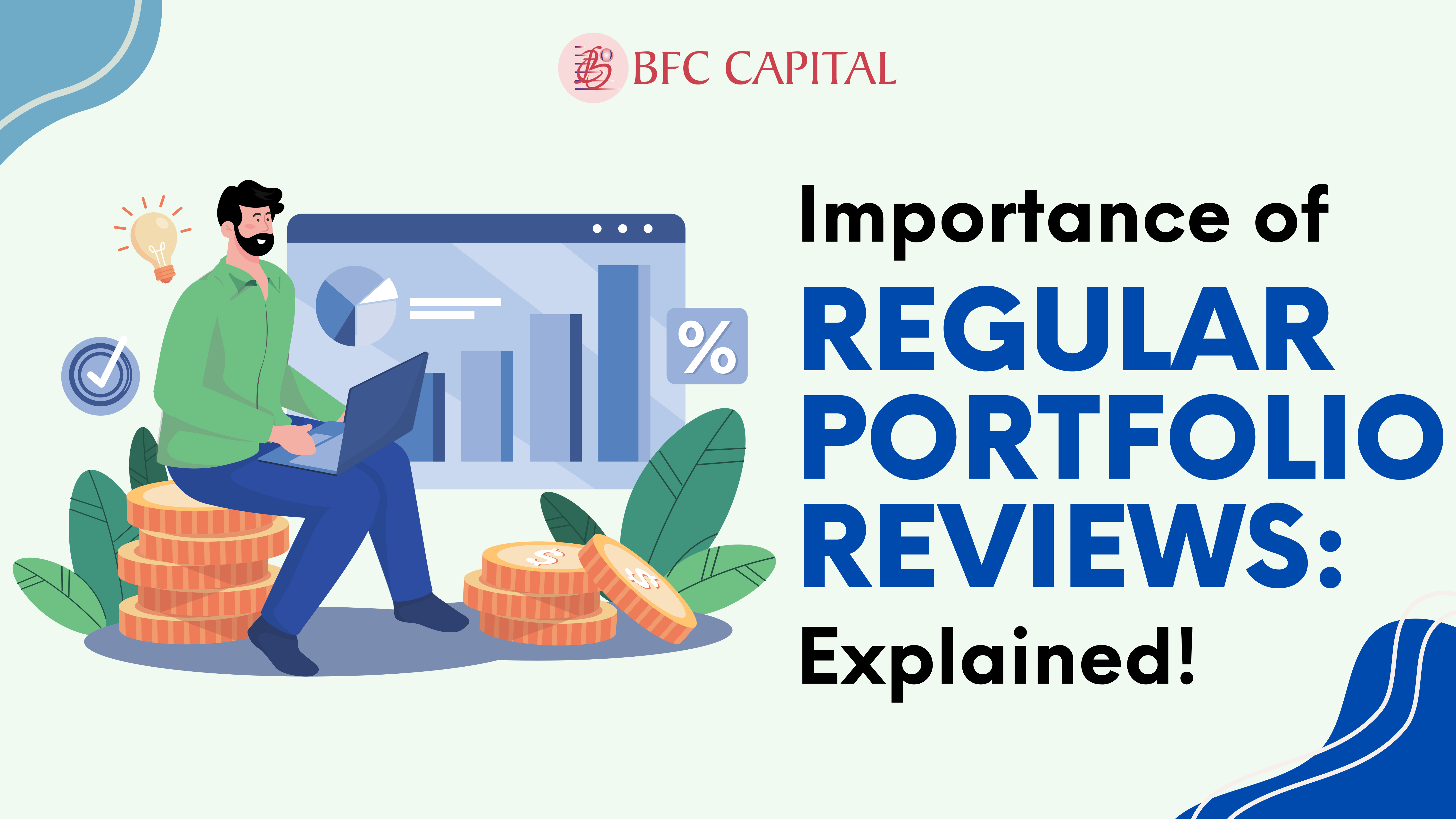
Tax harvesting is a smart way to optimise returns and reduce losses due to taxation. According to the scheme, investors can optimise returns by strategically selling and repurchasing investments. However, the taxation on equity investments depends on the investment’s holding period.
For instance, short-term gains are taxed at 20%. While a 12.5% taxation is applicable for long-term gains. In this article, we will discuss, the types of tax harvesting, ways to do that and laws governing the taxation.
Types of Tax Harvesting
Tax harvesting can be done in two ways and the details of both can be checked in the section below.
Tax Gain Harvesting
Tax gain harvesting is how investors can balance long-term capital gains against tax deductions applicable for a financial year. This can be done by selling assets that have appreciated well. But, this strategy offers benefits when utilised before the end of the financial year.
Tax Loss Harvesting
Tax loss harvesting is a tax-saving strategy in which investors can balance capital gains with losses from underperforming assets. This can be done by reducing the taxable income and selling assets at a loss. This approach is beneficial during market downturns when investment losses.
How Can You Harvest Tax in India?
The best part about large equity portfolios is that they offer incremental returns to the investors. This is why the majority of investors look for investment in large equity portfolios, which also enables them to generate long-term wealth. However, this also increases the tax liability on the gains.
One of the best ways to curb the liabilities is choosing tax harvestation. This applies to gains in the financial gains if it does not exceed one lakh annually. You can do tax harvesting by either selling a part of the investment and then reinvesting the amount in the same fund.
Is Tax Harvesting Legal in India?
Tax Harvesting is the process in which investors can sell underperforming shares or securities to balance loss. This helps in managing tax liabilities and optimising investments. Technically, it is not illegal but only if it is done within the provisions suggested. The following are the major laws that govern tax harvesting.
Section 112A
Section 112A is associated with Long-Term Capital Gains only if the gains exceed Rs 1.25 lakhs. However, a 12.5% tax is applied without indexation benefits. This tax applies only if the Securities Transaction Tax (STT) was paid during both the transfer and acquisition.
Section 111A
Short-term capital gains are covered under Section 111A. This section covers gains from transferring equity shares or instruments held for less than 12 months. A rate of 20% if the Securities Transaction Tax (STT) is applied over the tax paid during the transfer.
However, if investors fail to pay STT, then income tax slab rates are applied to calculate tax. Additionally, this section is not applicable for debt funds as these are taxable under the income tax slab rates irrespective of the holding period.
Section 70
This section allows investors to set off losses from one income source to another. This is a major tax planning strategy and features the following points.
- Short-term capital losses can be set off against both short-term and long-term capital gains
- Long-term capital losses can only be set off against long-term capital gains
- Certain losses, like speculation losses, can only be set off against specific types of income
Section 73-74
Sections 73 and 74 suggest carrying forward capital losses for upto 8 assessment years to balance future capital gains. This enables investors to extend the benefit periods allowing them to utilise the losses against gains.
Common Tax Harvesting Strategies
If you are looking for tax harvesting strategies, then the following are the best ways to do this.
Selling Underperforming Mutual Funds
The first way to harvest tax is by selling underperforming mutual funds. Investors can realise the losses by counterbalancing the gains from other investments, which in turn reduces the taxable income. However, this strategy works can employed at the end of the financial year.
Switching Between Mutual Fund Schemes
Switching between mutual fund schemes is also a tax-harvesting strategy. This scheme works by moving from a scheme with long-term losses to another scheme. Investors balance losses against gains, reducing taxable income while maintaining investment exposure.
Utilising Wash Sales
A wash sale is a strategy wherein an investor sells a mutual fund or security at a loss. Then, he can repurchase an investment within a specific holding period. This practice allows taxpayers to claim the loss without losing their investment value.
Practical Application of Tax Harvesting
The major idea behind tax harvesting is to avoid penalties and losses that occur, citing market fluctuations. Here are some practical tips that you can utilise to harvest tax.
- Assess your mutual fund investments from time to time. This is a great way to highlight funds which are underperforming. You can sell these to harvest taxation.
- You can maximise the benefits of tax harvesting by applying all the strategies towards the end of the financial year
- Having an understanding of the tax rules helps you by highlighting the major pitfalls that should be avoided to maximise loss.
- Consult a financial advisor to find a method which is tailored as per your financial condition.
Conclusion
Tax harvesting can help you save money on your taxes. It is about selling investments that lost money to balance gains. But it is important to understand the rules and time your trades right. Talk to a tax expert for personalised advice. You can choose a tax harvesting strategy that aligns with your investment goals.
Please share your thoughts on this post by leaving a reply in the comments section. Contact us via Phone, WhatsApp, or Email to learn more about mutual funds, or visit our website. Alternatively, you can download the Prodigy Pro app to start investing today!
Disclaimer – This article is for educational purposes only and does not intend to substitute expert guidance. Mutual fund investments are subject to market risks. Please read the scheme-related document carefully before investing.








Name: Things to Know About No Claim Bonus in Health Insurance
says:[…] Also, check out our recent post on: “Tax Harvesting: A Way To Reduce Taxes On Mutual Fund Returns“ […]